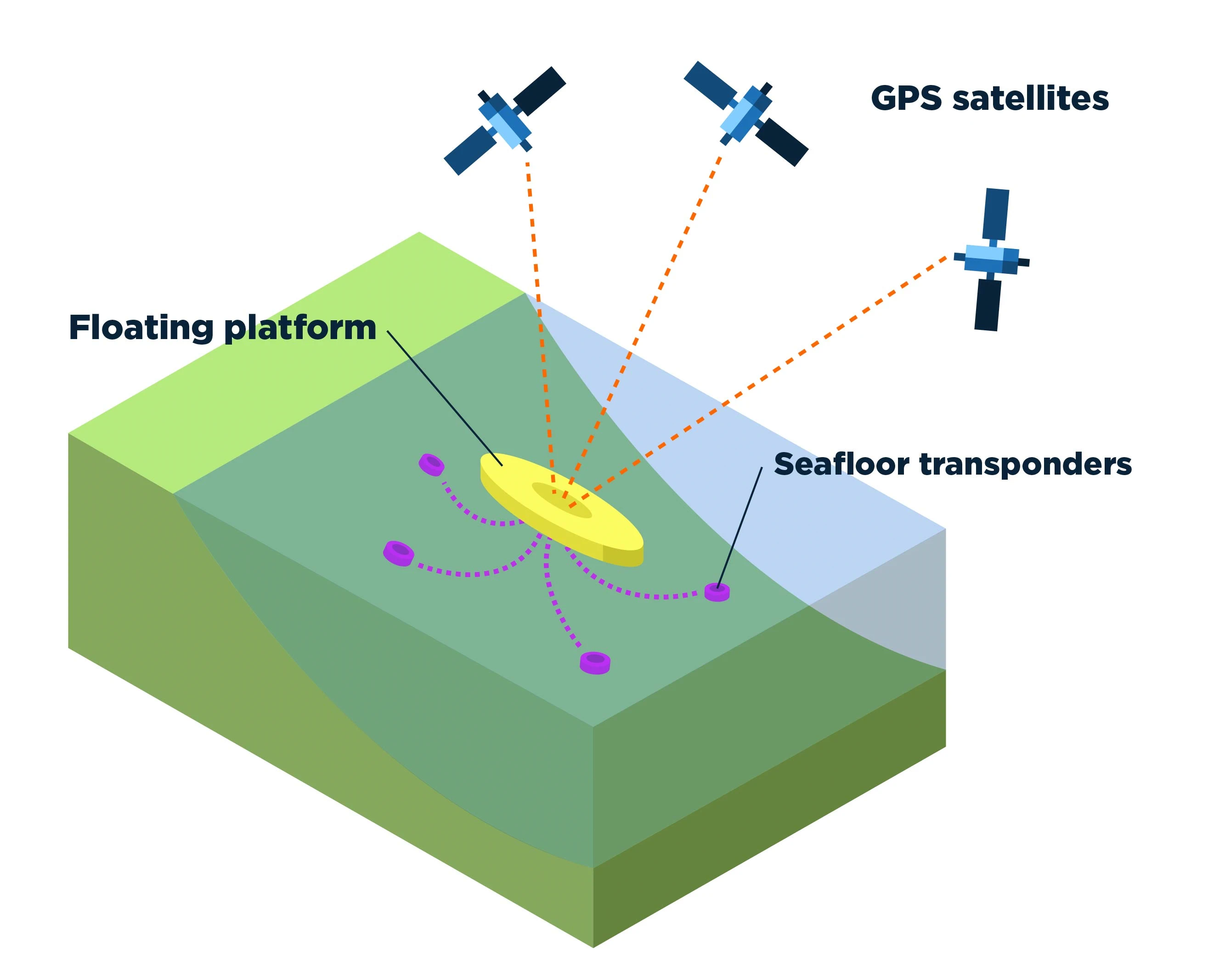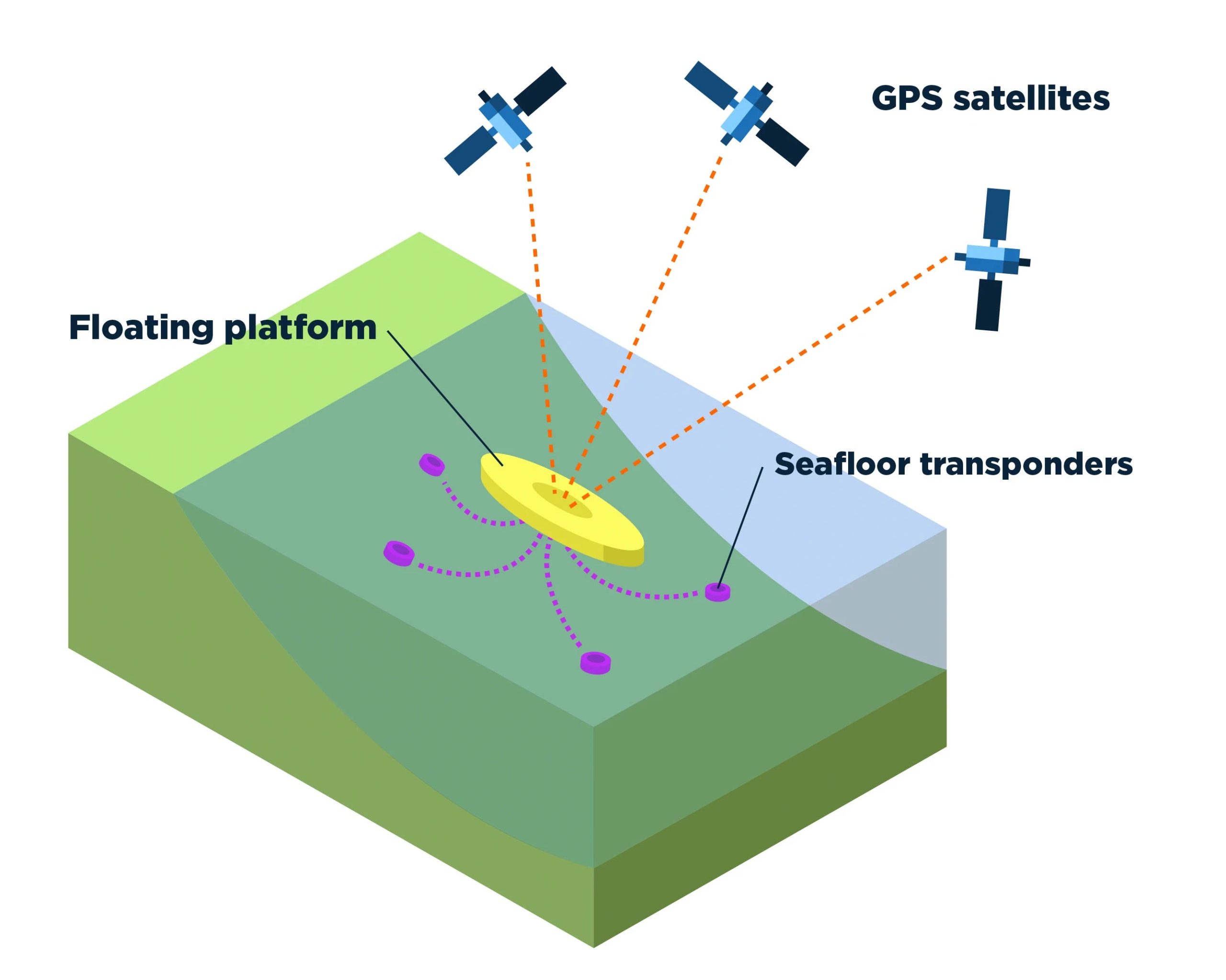“Ask the Expert” articles provide information and insights from MSU scientists, researchers, and scholars on national and global issues, complex research, and topics of general interest based on their areas of academic expertise and study. They may contain historical information, background, research results or offer suggestions.
Earthquakes are caused by the movement of the tectonic plates that make up the earth’s crust. Off the coast of Alaska, the Pacific Plate pushes under the North American Plate creating enormous pressure on the Alaska-Aleutian Fault. Between 2020 and 2021, the two plates slipped along this fault, producing a series of earthquakes, including the Chignik earthquake in Alaska on July 29, 2021, which recorded a magnitude 8.2, the largest earthquake in the territory of the United States in 58 years.
Jeffrey Freymueller, a professor in Michigan State University’s College of Natural Science, is studying this earthquake to learn more about exactly where slip occurred (and how much) to better understand how faults work and to help assess the risk of future earthquakes and tsunamis. Freymueller is an internationally recognized expert in geodesy, or the study of the size and shape of the Earth, and serves as MSU’s Endowed Chair for Geology of the Solid Earth. This research recently appeared in the journal Science Advances.
What are the challenges with studying the Alaska-Aleutian Fault?
The biggest challenge is that the fault surfaces on the ocean floor far from the coast and there are miles of water in the way! We need to measure how permanently the Earth was displaced by the earthquake, and we really need measurements taken right over the part of the fault that slipped.

To measure earthquakes underwater, researchers have to combine data from satellites in the sky with signals from transponders on the ocean floor. Credit: May Napora
On land, we can install global positioning system instruments or global navigation satellite systems, GPS and GNSS, respectively, and record the positions of the plates easily enough, but the part of the fault that slipped in the earthquake is quite far from land. Radio signals from GPS satellites will not travel through water, so to get data we have to combine the GPS positioning of a floating platform with the acoustic, or sound wave, positioning of the platform itself against a series of transponders, which pick up and emit signals on the seabed. This technique is called GPS-acoustic positioning, and by repeating relief measurements before and after the earthquake, we can measure how far the seabed has moved and use it to better determine how the fault has moved.
Why is studying the Chignik, Alaska earthquake important to earthquake research?
The most important thing we learned was that the total motion at the offshore GPS acoustic site was much larger than previous earthquake models predicted. Large earthquakes are important to study because they produce the largest motions and cause the largest changes in stress within the Earth. That means a big signal for us to measure, which is always helpful. GNSS acoustic location measurements of seafloor motion are quite noisy because the speed of sound through water is very sensitive to ocean temperature and varies greatly over time. This means that it is difficult to measure the acoustic range as precisely as we can measure the GPS part. Therefore, it is helpful to have a larger motion to measure when the noise level is high.
How does this research help assess tsunami risk?
This research helps to assess dangers and risks. One of the interesting features of this earthquake is that it did NOT generate a large tsunami. Why didn’t he? The reason is that most of the sliding at the plate interface occurred only on the part of the interface that was still quite deep: the earthquake did not rupture on or even near the seafloor.
But we really need to know how close it got to the surface and whether the shallower part of the fault that didn’t slip during this earthquake is capable of doing so in the future. If it is, then the risk of a future major tsunami is high. If the shallow part of the fault simply doesn’t slip during earthquakes, but instead creeps constantly, then the risk of a large tsunami on this part of the fault is much lower. We’re not sure yet, but now we know more than ever about what happened during the earthquake. We are continuing to look at other data and hope to get more GPS-acoustic data as well to understand how the shallower part of the fault behaves.
#expert #Chignik #earthquake #Alaska #predict #future #risk
Image Source : msutoday.msu.edu
